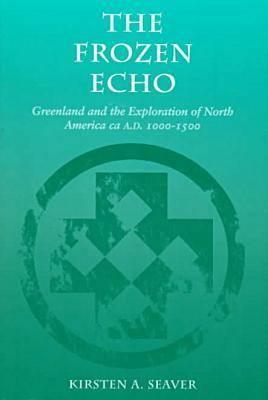
Seaver, Kirsten A.
The author brings together two distinct but tangential fields of inquiry: the history of medieval Greenland and its connections with the Norse discovery of North America, and fifteenth-century British maritime history and pre-colonial voyages to North America, including that of John Cabot. In order to evaluate the situation in Norse Greenland at the end of the fifteenth century (when documented English and Portuguese voyages of northern exploration began), the author follows the colony's development--its domestic economy and foreign trade and its cultural and ecclesiastical affinities--from its inception in the tenth century. In the process, she looks critically at commonly held views that have gone unchallenged until now.
Among the questions about which the author sets forth new evidence and conclusions are: the extent to which Greenlanders explored and exploited North America after Leif Eriksson, the reasons for the baffling disappearance of the Norse settlement in Greenland, the connection between their disappearance and the beginning of the voyages of exploration that began around A.D. 1500, the routes by which information concerning previous voyages traveled, the history before Cabot of the advance of English fishing fleets from Icelandic waters to the coasts of Labrador, and the influence of the roman Catholic Church on Norse Greenland.







